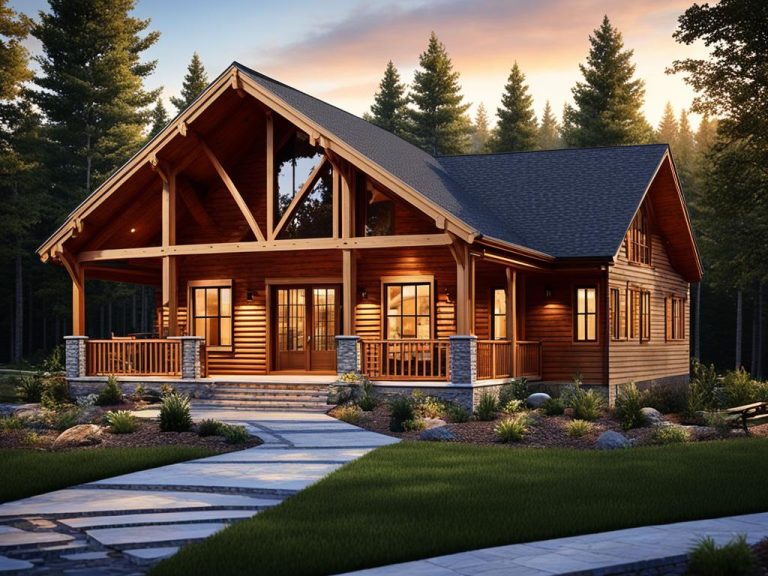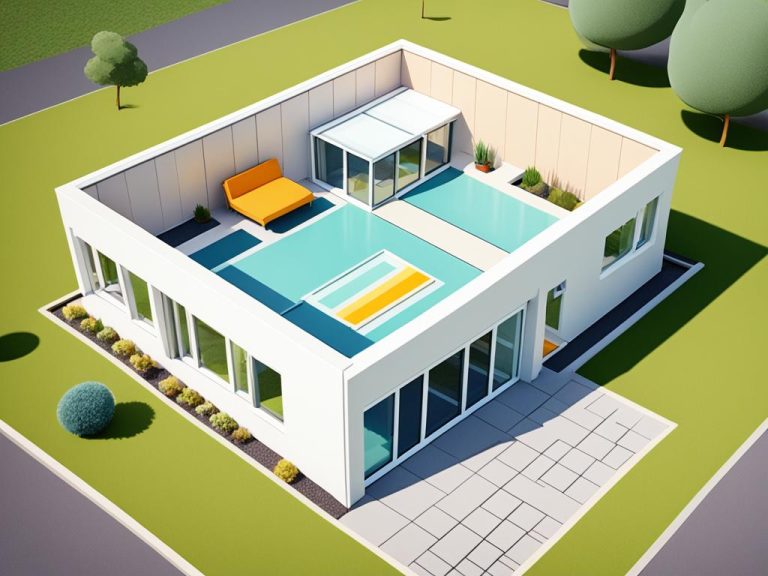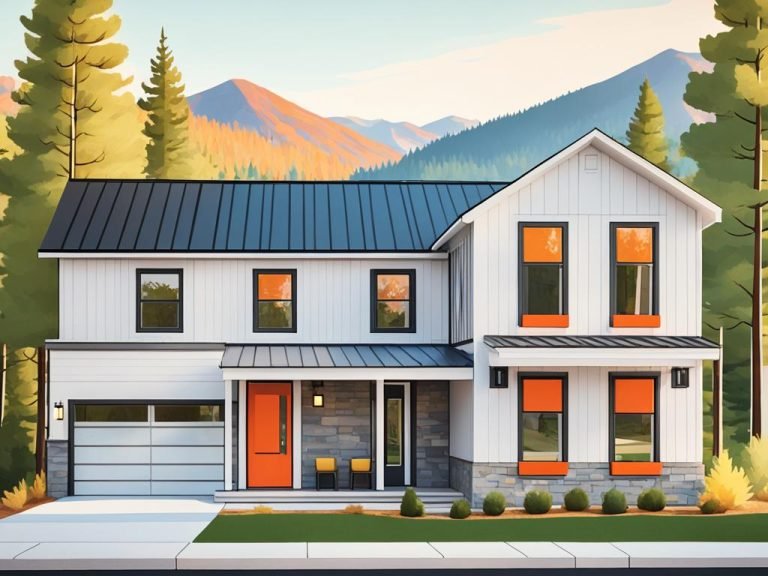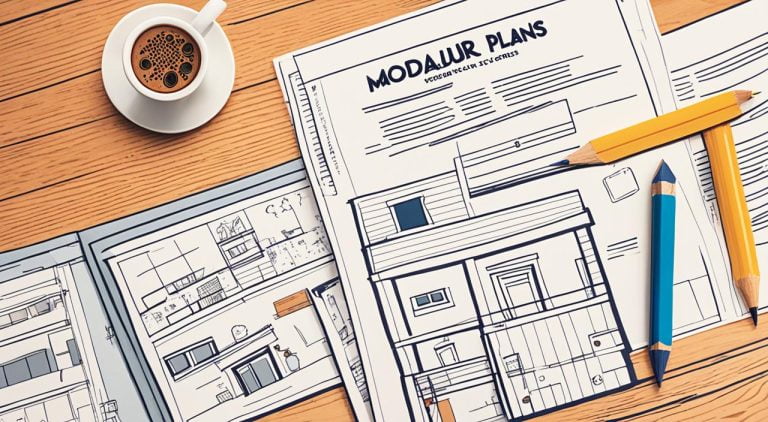Standard Modular Home Requirements
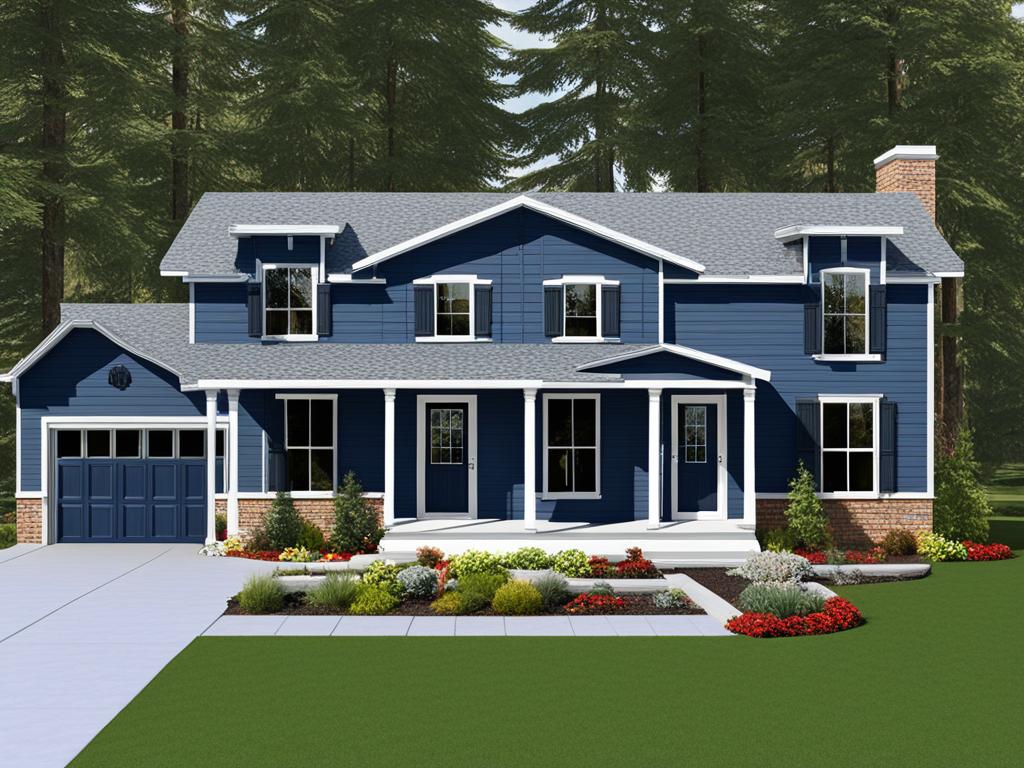
Modular homes are a growing trend in the UK housing market. These homes are built in a factory setting and then transported to the desired location for assembly. They offer a range of benefits, including cost-effectiveness, energy efficiency, and customizable designs. However, it’s important to understand the specific requirements and considerations that come with modular home construction.
When it comes to modular homes, there are certain requirements that need to be met. These requirements cover various aspects such as size limitations, planning permission, and compliance with building regulations. It’s essential to be aware of these requirements to ensure a smooth and successful construction process and to comply with legal standards.
Modular home specifications can vary depending on the manufacturer and the specific design. They can be customized to suit individual preferences, both in terms of interior and exterior features. However, it’s important to understand the limitations and guidelines set by the industry to ensure structural integrity and compliance with building regulations.
Key Takeaways:
- Modular homes are a popular option in the UK housing market.
- Requirements for modular homes include planning permission and compliance with building regulations.
- Modular home specifications can be customized but must adhere to industry guidelines.
- Modular homes offer benefits such as cost-effectiveness and energy efficiency.
- Understanding the requirements and specifications is vital for a successful modular home construction process.
Benefits of Modular Homes
Modular homes offer several benefits compared to traditional construction. These innovative housing solutions have gained popularity in the UK market due to their numerous advantages.
Cost-effectiveness
One of the significant benefits of modular homes is their cost-effectiveness. These homes are built within a factory-controlled environment, which allows for reduced labor and material costs. The streamlined construction process and efficient use of resources contribute to overall savings. Homeowners can maximize their budget while still achieving their dream home.
Energy Efficiency
Modular homes are designed with energy efficiency in mind. The tight specifications of these homes, along with high-quality insulation, help to minimize energy consumption. This results in lower utility bills and a reduced environmental impact. Living in a modular home means enjoying a comfortable, energy-efficient space.
Customization Options
Modular homes can be customized to meet your specific needs and preferences. Whether it’s the interior layout or the exterior design, modular homes offer flexibility and versatility. From choosing the floor plan to selecting finishes and fixtures, homeowners have the opportunity to create a personalized living space that reflects their style and tastes.
Quicker Installation
Compared to traditional homes, modular homes can be installed much faster. The majority of the construction takes place in the factory, reducing the time spent on-site. This means that homeowners can move into their new home sooner and avoid lengthy construction delays. With modular homes, the construction process is efficient and streamlined.
To summarize, modular homes provide a range of benefits, including cost-effectiveness, energy efficiency, customization options, and quicker installation. These advantages make modular homes a compelling choice for individuals and families looking for a modern and efficient housing solution.
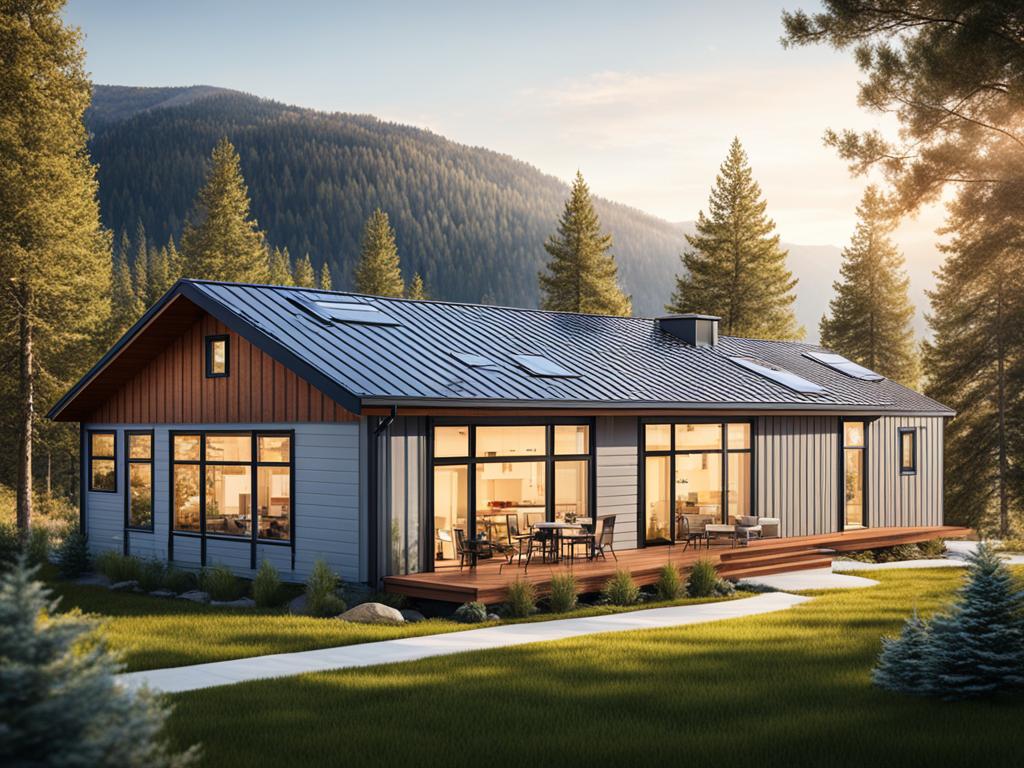
Building Regulations for Modular Homes
When building a modular home, it is important to comply with specific building regulations to ensure the safety and quality of the structure. These regulations establish the standards and requirements that must be met throughout the construction process. They cover various aspects, including strength and stability, fire safety, resistance to moisture, safety in use, and energy efficiency.
One of the key considerations is the adherence to modular home building codes. These codes outline the minimum requirements for structural integrity and safety. They ensure that the construction materials and methods used in modular homes meet the necessary standards and can withstand various weather conditions.
In addition to building codes, there are modular home design guidelines that must be followed. These guidelines provide recommendations on aspects such as layout, room sizes, ceiling heights, and accessibility. They help ensure that the modular home design meets the desired functionality, aesthetic appeal, and livability.
Regulations for modular homes also encompass fire safety measures. This includes the use of fire-resistant materials, proper placement of smoke detectors, and the provision of fire exits. These regulations aim to protect the occupants of the modular home and prevent the spread of fire.
Resistance to moisture is another crucial aspect regulated in modular home construction. The regulations specify the use of moisture-resistant materials, appropriate waterproofing techniques, and proper ventilation systems to prevent issues like mold and dampness.
Safety in use is also a priority in modular home regulations. This includes requirements for stairways, handrails, and electrical systems to ensure that they are safe and reliable for everyday use.
Furthermore, energy efficiency is a growing concern in the construction industry, and modular homes are no exception. The regulations promote energy-efficient design principles, such as insulation, efficient heating and cooling systems, and use of sustainable materials. Compliance with these guidelines can help reduce energy consumption and environmental impact.
When designing and constructing a modular home, it is essential to work with professionals who are knowledgeable about the specific regulations for modular homes. They can ensure that your home meets all the necessary standards and provide guidance throughout the process.
By following the modular home building codes, design guidelines, and regulations, you can create a safe, comfortable, and compliant modular home that meets your unique needs and preferences.
Materials Used in Modular Homes
Modular homes offer versatility when it comes to the choice of construction materials. Builders have the option to use a range of materials, including metal, timber, and concrete, to create the structural framework. These materials ensure the stability and durability of modular homes, providing a solid foundation for the construction.
When it comes to the interior of modular homes, the materials used are often similar to those found in traditional houses. This allows homeowners to enjoy the same level of comfort and quality in their modular homes as they would in a conventionally built home.
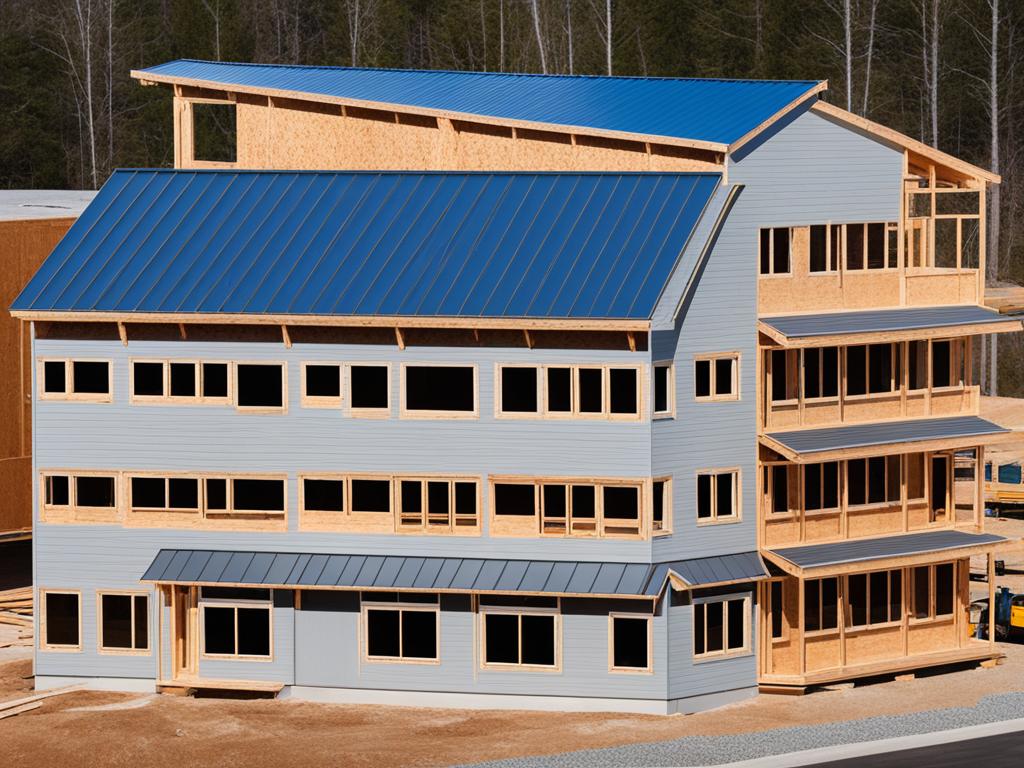
For the exterior of modular homes, the choice of materials is crucial in terms of aesthetics, customization, and weather resistance. Stone, brick, and wood are popular options that offer a range of styles and finishes to suit individual preferences. These materials allow homeowners to create a distinctive and visually appealing exterior that blends seamlessly with the surrounding environment.
Roofing materials for modular homes are carefully selected to ensure durability and protection against the elements. Lightweight tiles and steel are commonly used due to their weather resistance and long-lasting performance. This choice of roofing materials guarantees that modular homes can withstand various weather conditions without compromising the structural integrity.
Advantages of Different Materials for Modular Homes:
- Metal: Provides strength and stability, ideal for high-wind areas and areas prone to seismic activity.
- Timber: Offers a natural aesthetic and can be sourced sustainably, making it an eco-friendly option.
- Concrete: Ensures excellent thermal efficiency and is fire-resistant, providing added safety and energy efficiency.
- Stone and Brick: Enhances curb appeal and adds a timeless charm to the exterior of modular homes.
- Wood: Provides a warm and inviting look while allowing for easy customization and versatility in design.
- Lightweight Tiles: Offers durability, weather resistance, and easy installation, making it a practical choice for modular home roofing.
- Steel: Provides exceptional strength and longevity, ideal for areas with extreme weather conditions.
Choosing the right materials for both the structure and exterior of modular homes is crucial to ensure a high-quality and visually appealing end result. It is recommended to consult with experienced professionals who can help guide homeowners in selecting the best materials for their specific needs and preferences.
Building and Transportation of Modular Homes
The construction process for modular homes involves assembling the building components in a factory-controlled environment. This streamlined process ensures efficiency and quality control, resulting in well-built homes that meet stringent standards. The use of advanced machinery and skilled workers allows for precise construction, minimizing errors and delays.
Once the modules are completed, they undergo a thorough inspection to ensure they meet the specified requirements. Any necessary adjustments or improvements are made before the modules are prepared for transportation.
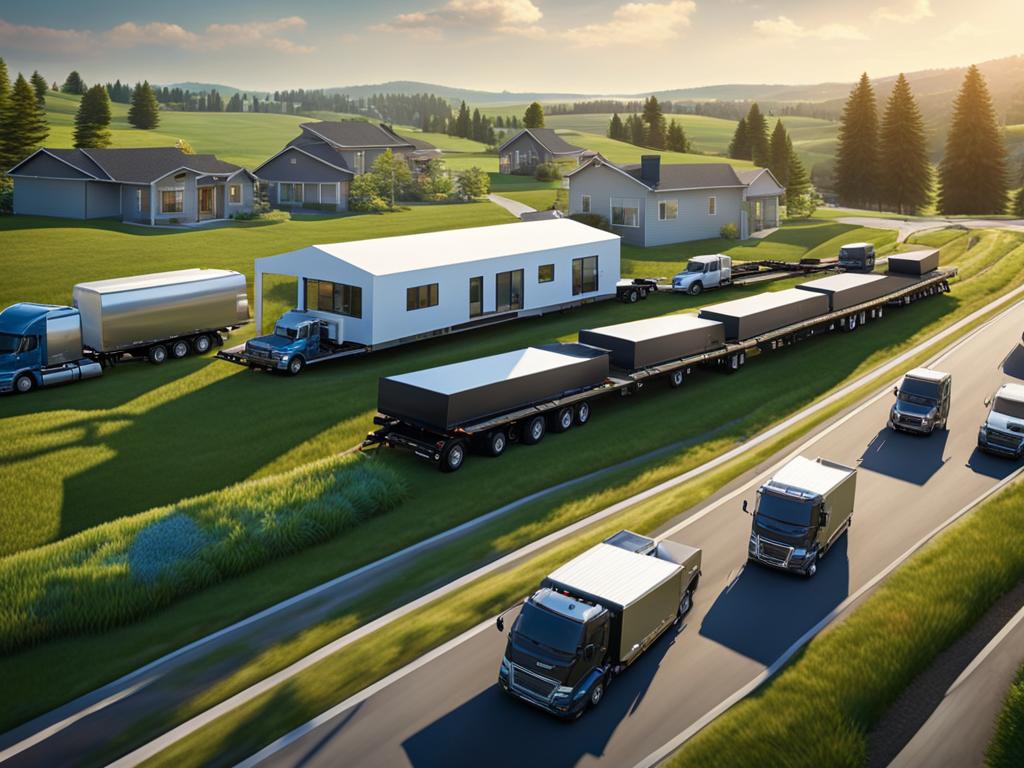
Transporting modular homes is a critical stage in the overall process. It involves careful planning and coordination to ensure a smooth and successful delivery. Factors such as travel distances, method of transportation, and load dimensions need to be taken into account.
Transportation Methods
Modular homes are typically transported using flatbed trucks or trailers. Specialized equipment such as cranes or forklifts may be required to load and unload the modules at both ends of the journey. The transportation route is carefully planned to avoid obstacles such as low bridges, narrow roads, or weight restrictions.
Permits and Regulations
Depending on the size and weight of the modular home, permits may be needed for transportation. These permits ensure compliance with local regulations and safety standards. It is essential to obtain the necessary permits and comply with all transportation requirements to avoid any legal issues or delays.
Assembly Process
Once the modules reach the building site, they are carefully positioned and assembled together to create the final structure. Cranes are commonly used to lift and place the modules into position, ensuring accuracy and stability. Skilled workers then secure the modules, ensuring a strong and durable construction.
The modular home assembly process is precise and efficient, significantly reducing the construction timeline compared to traditional methods. The controlled environment of the factory allows for simultaneous work on various modules, minimizing on-site labor and reducing overall costs.
Overall, modular homes offer a streamlined construction process, from factory assembly to transportation and on-site assembly. This approach combines efficiency, quality control, and convenience to provide homeowners with a cost-effective and sustainable housing solution.
Maintenance of Modular Homes
Like any other type of home, modular homes require regular maintenance to ensure their longevity and functionality. Proper maintenance helps to prevent issues and keep your modular home in optimal condition. Here are some key maintenance tasks to consider for your modular home:
- Remove ice buildup in winter: During colder months, it’s important to regularly remove ice and snow from your modular home’s roof, gutters, and walkways to prevent damage and accidents.
- Check insulation for energy efficiency: Inspect the insulation in your modular home to ensure it is properly installed and in good condition. Good insulation helps to conserve energy and maintain a comfortable indoor environment.
- Inspect the roof for missing tiles: Regularly inspect the roof of your modular home for any missing or damaged tiles. Addressing roof issues promptly can prevent leaks and further damage to the structure.
- Check air conditioning units in summer: Before the summer months, inspect and clean your modular home’s air conditioning units. Regular maintenance of your cooling system helps to ensure its efficiency and prolong its lifespan.
By performing these maintenance tasks on a regular basis, you can prevent potential issues and protect the integrity of your modular home. It’s important to address any maintenance issues promptly to prevent further damage and ensure the optimal performance of your modular home.
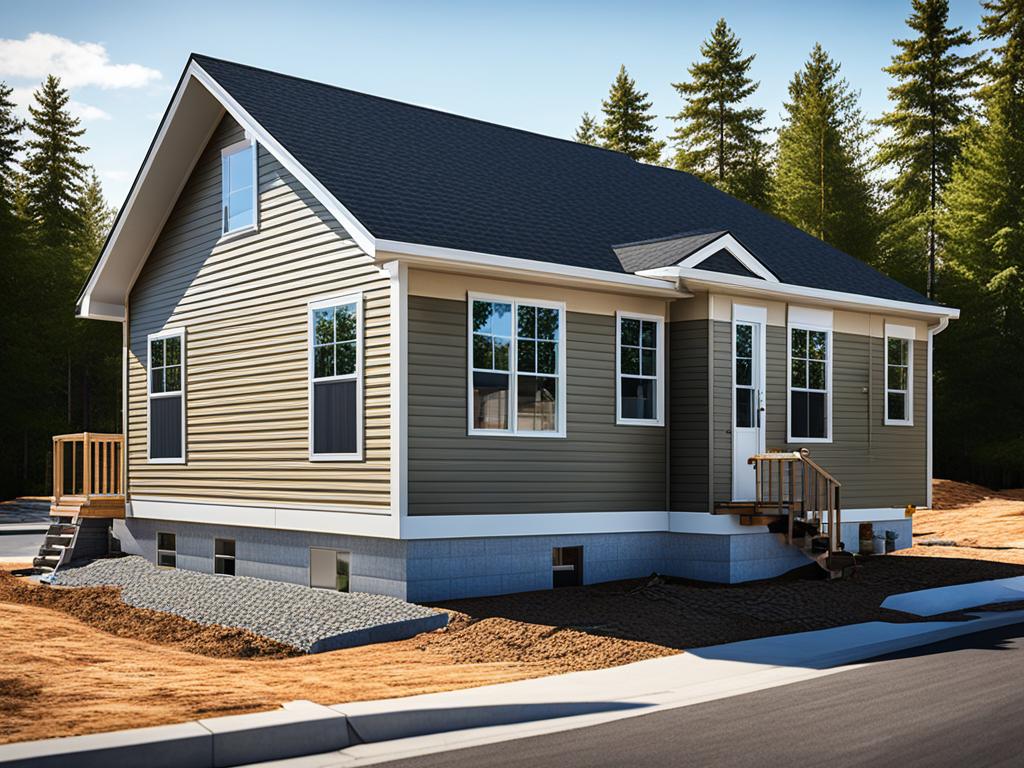
Compliance with Building Standards
When it comes to modular homes, compliance with building standards and regulations is of utmost importance. These standards are in place to ensure that modular homes meet the necessary requirements for strength, stability, fire safety, resistance to moisture, and energy efficiency.
Modular homes undergo rigorous evaluations and inspections throughout the entire construction process. This includes the design phase, manufacturing process, and after assembly to ensure compliance with building standards. By adhering to these regulations, you can have peace of mind knowing that your modular home is constructed to the highest standards of quality and safety.
It is essential to work with reputable manufacturers and builders who prioritize compliance and certification. By partnering with experienced professionals, you can be confident that your modular home not only meets the building standards but also exceeds your expectations in terms of functionality and aesthetics.
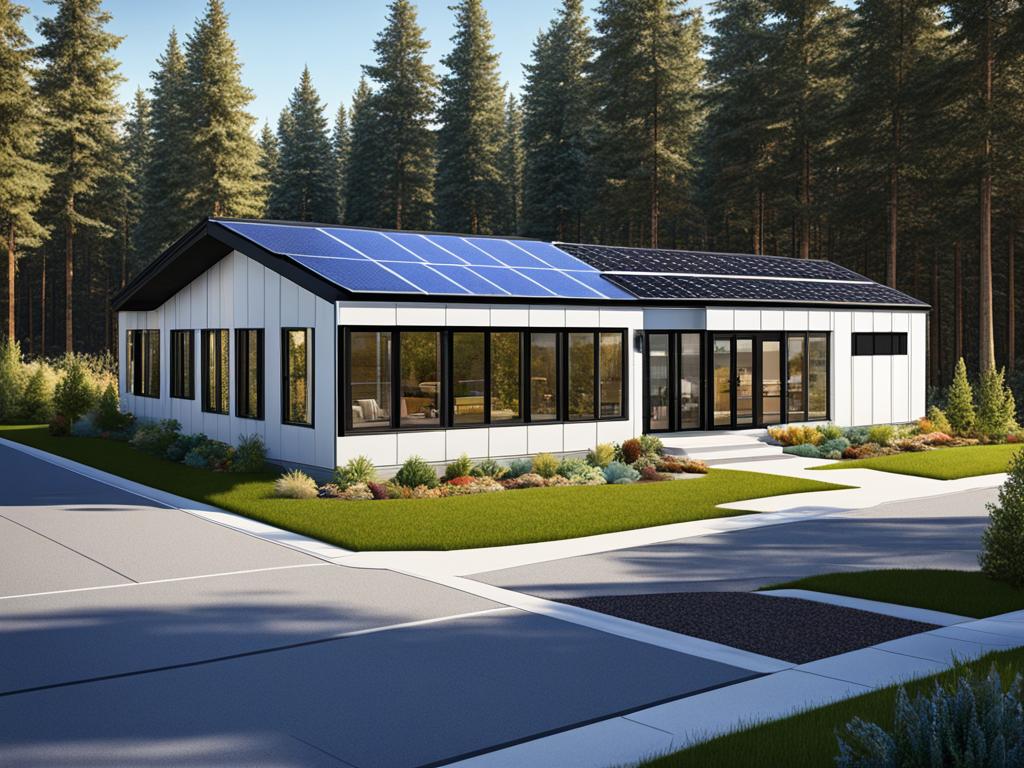
Image: Modular home compliance – Meeting building standards and regulations ensures the safety and quality of your modular home.
Conclusion
Modular homes have emerged as a viable alternative in the UK housing market. They offer numerous benefits, including cost-effectiveness, energy efficiency, and customization options. Unlike traditional construction, modular homes are built within a factory-controlled environment, resulting in reduced costs and shorter construction time.
However, it is crucial to consider the specific requirements and regulations for modular homes. Compliance with building codes and obtaining planning permission are essential to ensure a safe and successful construction process. Using high-quality materials and working with reputable manufacturers and builders is also important in creating a durable and comfortable living space.
With proper maintenance and adherence to standards, modular homes can provide a long-lasting and sustainable housing solution for homeowners in the UK. Regular upkeep, such as checking insulation, inspecting the roof, and addressing any maintenance issues promptly, is essential to maintain the optimal performance of a modular home.
In conclusion, modular homes offer a modern and flexible housing option that meets the needs of homeowners in the UK. As the demand for affordable and sustainable housing increases, modular homes provide an excellent solution that combines cost-effectiveness, energy efficiency, and customization possibilities.
FAQ
What are the standard requirements for a modular home?
Standard requirements for a modular home include compliance with building regulations, such as strength and stability, fire safety, resistance to moisture, safety in use, and energy efficiency.
What are the benefits of modular homes?
Modular homes offer several benefits, including lower costs, energy efficiency, customizability, and quicker installation compared to traditional homes.
What building regulations apply to modular homes?
Building regulations for modular homes cover aspects such as strength and stability, fire safety, resistance to moisture, safety in use, and energy efficiency.
What materials are used in modular homes?
Modular homes can be made from a variety of materials, including metal, timber, and concrete. The choice of materials for the exterior can include options such as stone, brick, or wood.
How are modular homes built and transported?
Modular homes are assembled in a factory-controlled environment and then transported to the building site for final assembly using cranes. Factors like travel distances, transportation method, and load dimensions are considered during planning.
How do I maintain a modular home?
Regular maintenance tasks for modular homes include removing ice buildup, checking insulation, inspecting the roof, and maintaining air conditioning units. Promptly addressing maintenance issues is important to ensure optimal performance.
How can I ensure compliance with building standards for my modular home?
Work with reputable manufacturers and builders who prioritize compliance and certification. Modular homes undergo evaluations and inspections during design, manufacturing, and after assembly to ensure compliance with building standards.
What are the key considerations for modular home requirements?
Key considerations include complying with building regulations, obtaining planning permission, and using quality materials to ensure a safe and successful modular home construction process.

